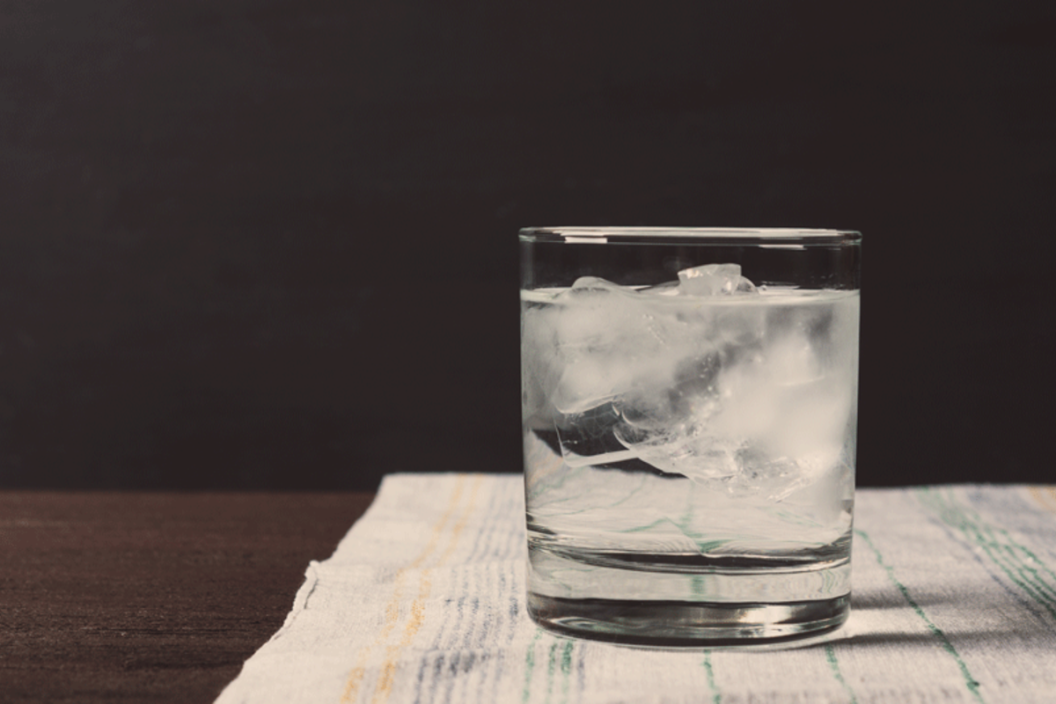Once upon a time, in 14th century Eastern Europe, doctors used a colorless neutral spirit to cure whatever ailed their patients. The liquid, made mainly of water and ethanol, was called voda which was the Russian word for water. The modern word vodka translates to "little water" and depending who you ask, may still be considered for medicinal purposes after a hard day. Considered the Polish and Russian national drink, no doubt this alcoholic beverage is one of America's favorite spirits too, but what is vodka made from?
Videos by Wide Open Country
What Is Vodka Made From?
The two basic raw materials you need for traditional vodka production are water and ethanol. The ethanol comes from the fermentation of cereal grains. There's wheat, sorghum, corn, and rye. Many vodka brands use potatoes instead of cereal grains which is considered a more traditional Polish or Russian vodka. Grapes or apples can also be used to make vodka.
To produce vodka, the first step is to combine the the grains (or other base) with water and yeast enzymes. It's heated and thoroughly mixed before it can start to ferment. That mixture or "mash" then goes through the fermentation process for between one and two weeks until it breaks down, creating natural alcohol called ethanol or ethyl alcohol.
That liquid alcohol is separated from the big mushy fermented mess of solids and that's what is used to create that bottle of vodka.
What Is The Distillation Process?
The liquid from that big mushy mess is now purified by heating it to a vapor and then turning it to liquid again. That evaporation helps to get rid of impurities and is used by distilleries everywhere in Poland, Russia, and even New York. That's what it means when you see a sticker on a bottle that says distilled twice, six, or even thirty-six times! It's referring to how many times the distiller chooses to repeat the evaporation process.
This would be the time the distiller would add any additives or flavorings to produce a flavored vodka perfect for screwdrivers, tequila, or your basic Smirnoff flavored vodka. The flavorings are added to steep during the heating process. There also could be an extra filtration step using charcoal or carbon filters for extra purity and smoothness.
After the distillation process, the spirit is diluted with water to get the alcohol content (or ABV) of that particular vodka brand. In America, vodka must have no less than 40 percent ABV to legally be called vodka. In Europe, the legal level is 37.5 % minumum to be called vodka.
Less expensive brands go through a faster distillation process leaving in more impurities and possibly unpleasant flavors. Molasses is often used during distilling to give it a sweeter taste to cover up that harshness.
In better quality vodkas, you'll find barley, rye, or wheat as the base with a natural sweetness from the sugars in those grains. Starchy potato vodka gives that creamy mouthfeel. Water quality is important too for the final taste. You'll see glacial water or spring water on some brands as a draw to buy that bottle of vodka.
Will Vodka Change In The Bottle Over Time?
The answer is no, it doesn't age. So whatever you're drinking is what the distiller intended from a flavor perspective. Whether it's going in your martini, Bloody Mary or your third Moscow Mule, the flavor will stay the same. People tend to be brand loyal when you ask them what the best vodka is in their opinion. Belvedere, Ketel One, Grey Goose, and Absolut are some of the top sellers in the premium category. Remember, drink responsibly!




